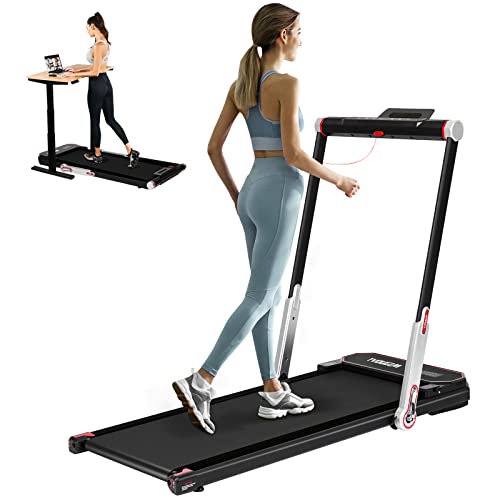What's The Job Market For Treadmill Shop Professionals?
Treadmill Shop: The Ultimate Guide to Choosing the Right Treadmill
In today's hectic world, maintaining a healthy lifestyle typically translates to integrating routine exercises into our daily routines. With the rise of home physical fitness, buying a treadmill has actually become a popular option for those seeking to remain active without needing a gym subscription. The treadmill shop has changed from a simple retail outlet into a comprehensive center for physical fitness lovers. This post will delve into the fundamentals of purchasing a treadmill, examining factors such as types, features, and FAQs to help consumers make informed choices.
Comprehending Treadmills
At its core, a treadmill is a cardio machine that allows individuals to stroll, jog, or run inside. Treadmills are popular for their benefit and versatility, catering to users at all fitness levels. Nevertheless, with different models, brands, and features readily available in the marketplace, it's crucial to know what to look for in a treadmill shop.

Types of Treadmills
Treadmill shops usually use different types of machines, each suited to particular needs and choices. Here is a summary of the typical treadmill categories readily available:
| Treadmill Type | Description |
|---|---|
| Manual Treadmills | Operated by the user's motion; no motor needed. Ideal for those looking for a basic and cost effective workout. |
| Motorized Treadmills | Geared up with electric motors to drive the belt; offers varied speeds and resistance levels. Appropriate for all fitness levels. |
| Folding Treadmills | Designed for easy storage; ideal for those with minimal area. Often motorized. |
| Commercial Treadmills | Developed for gym use; resilient and feature-rich, making them perfect for extreme workouts. |
| Treadmill With Incline | Uses incline functions to replicate uphill running, magnifying workouts and increasing calorie burn. |
Vital Features to Consider
When shopping for a treadmill, prospective purchasers should consider numerous vital features that can boost their exercise experience. Below is a list of the crucial functions to evaluate:
- Motor Power (HP): A more effective motor (determined in horse power) allows for smoother and more consistent operation, especially essential for runners.
- Belt Size: The width and length of the running surface area ought to accommodate the user's stride; generally, 20" x 55" is adequate for walking, while 60" in length is suggested for running.
- Cushioning System: Good cushioning decreases joint impact and supplies comfort throughout workouts, particularly for regular users.
- Slope Options: Incline change allows users to diversify their exercises, increasing strength and calorie burn potential.
- Display Console: Look for easy-to-read digital consoles that offer workout information, including time, speed, range, and calories burned.
- Heart Rate Monitor: This feature helps users determine cardiovascular effort and tailor exercises to private physical fitness objectives.
- Built-in Workouts: Many treadmills provide pre-set programs to challenge users and keep workouts engaging.
- Connectivity: Modern treadmills might include Bluetooth or Wi-Fi connections, enabling users to sync with fitness apps, stream exercise videos, or listen to music.
The Importance of Test Running
Visiting a treadmill shop supplies the advantage of testing different designs. Here's how to optimize the experience:
- Check the Stability: Ensure the treadmill feels tough when walking or running.
- Assess the Noise Level: Pay attention to motor noise and the noise of the belt during usage.
- Experience the Controls: Familiarize oneself with the console and speed/incline controls; ease of usage must be a priority.
- Think about the Size: Measure the available area in the house to make sure the chosen treadmill fits easily, especially for non-folding designs.
Upkeep and Warranty
When buying a treadmill, considering long-term upkeep and guarantee alternatives is essential. A lot of makers supply service warranties that cover parts and labor, normally ranging from one year to life time coverage. Regular upkeep, such as lubrication of the belt and checking electrical parts, is necessary to prolong the machine's lifespan.
FAQs
Q: How much should I anticipate to invest on a treadmill?






